Wearing shoe inserts, maintaining a healthy weight and using cold or heat therapy may give you relief
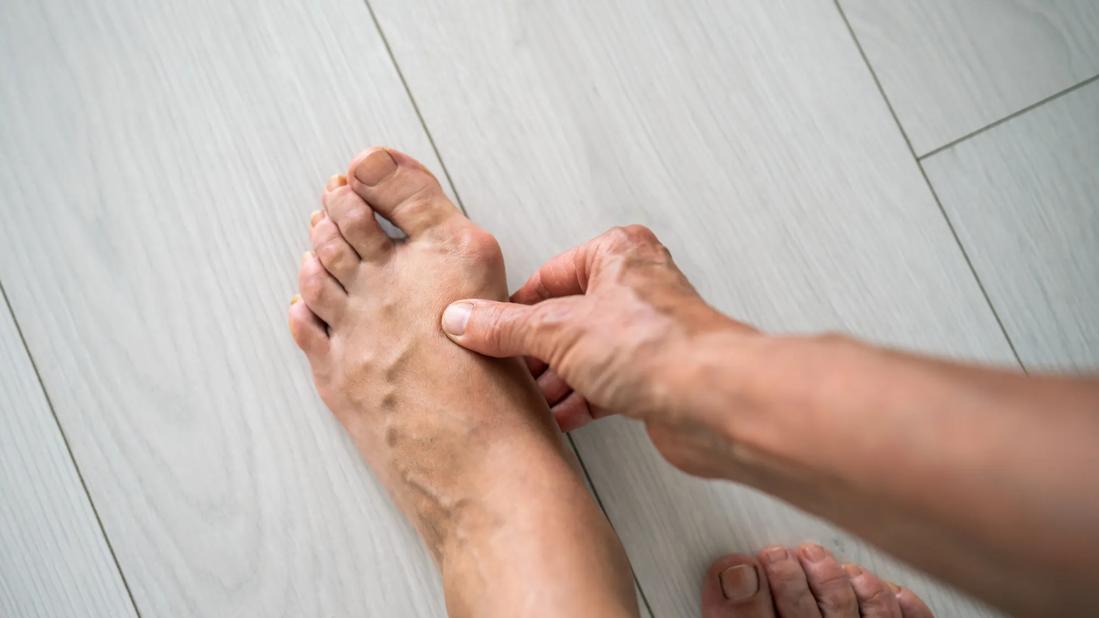
Whether it’s sandal season or boot season, you may be thinking it’s time to do something about that bunion jutting out at the base of your big toe.
Advertisement
Cleveland Clinic is a non-profit academic medical center. Advertising on our site helps support our mission. We do not endorse non-Cleveland Clinic products or services. Policy
Doctors call that bunion hallux valgus. It forms when the bone or tissue at the joint at the bottom of the big toe moves out of place. Years of abnormal motion and pressure on the joint forces the big toe to bend toward the others, which causes an often-painful bunion on the joint.
This joint at the base of the big toe carries much of your weight while walking, so bunions can cause severe and constant pain. The joint may become so stiff and sore that shoes are painful to wear.
Bunions often run in families, but they also can be the result of the way we walk or the shoes we wear. People with flexible joints seem to tolerate their bunions more. But others with stiff joints or arthritis usually have more trouble with bunions and might develop pain earlier.
From foot inserts to bunion pads, you may wonder how to shrink bunions naturally and which option is best for you.
Podiatrist Georgeanne Botek, DPM, explains how to reduce bunion pain and when you may need to see a doctor.
Bunions are permanent unless surgically corrected. And while you can’t shrink bunions naturally, you can try these bunion treatments at home to be more comfortable or slow a bunion’s progression.
“For many people, it may simply be a matter of wearing properly fitting shoes,” says Dr. Botek. “Be sure to choose low-heeled, comfortable shoes that provide plenty of space for your toes and the widest part of your foot.”
Advertisement
Shop for shoes at a store where the staff measures your foot and can fit you with an appropriate shoe.
Your feet support your body, helping you walk, run and stand. Maintaining a healthy weight can help reduce the amount of pressure placed on your feet.
“Losing weight can pay off big with foot pain — losing 10 pounds is like a 60-pound reduction in foot pressure,” reports Dr. Botek. “Excess weight can lead to foot tendinitis, arthritic foot pain, heel pain and eventual structural changes.”
Consider using a moleskin or gel-filled pad, which you can find online or in stores. A bunion pad cushions the area and reduces pressure and pain. You place a bunion pad on the inside of your shoe to stop any friction between your bunion and the shoe’s material.
“Covering pressure points or calluses adjacent to the bunion reduces friction and shearing,” explains Dr. Botek. “Wearing dynamic padding and splints at rest or overnight can help stretch your tendons and ligaments to help with stiffness and progressive deformity.”
To help position the foot correctly, use shoe inserts. These can be over-the-counter arch supports or prescription orthotic devices.
“Functional foot inserts help your arch and bunion area be supported,” says Dr. Botek. “This medical foot support can help maintain better aligned foot mechanics.”
Your doctor may suggest wearing a splint at night to hold the toe straight and ease discomfort. Often, though, the device is like a pair of eyeglasses — when you take it off, the benefit is gone.
“It won’t completely realign your toe permanently,” Dr. Botek notes.
Using cold and heat therapy can help soothe pain and discomfort. Cold reduces swelling and inflammation, while heat improves blood flow and loosens joints. A foot soak using cold or warm water can help relieve your symptoms.
“Ice is generally recommended to help reduce pain and swelling, especially after periods of time spent on a painful foot. Make sure you have a towel or sock to protect your skin and then ice can be used for around 20 minutes,” advises Dr. Botek. “Yet, some people can’t tolerate ice, and in this case, a warm foot soak may provide some soothing.”
Swelling and inflammation are common bunion symptoms. Taking NSAIDs such as ibuprofen and naproxen can help alleviate pain.
“Systematic anti-inflammatory medications that are taken orally can be used intermittently or for a limited period of time and can be helpful in pain relief. Consult your healthcare provider to ensure you’re taking them safely,” says Dr. Botek. “Topical anti-inflammatory medications, which are available as sprays or patches, may also be used with reduced side effects.”
Advertisement
If your home remedies for bunions aren’t working and your bunion is very painful, your podiatrist may recommend surgery, which can be done on mild or severe cases.
“First, do surgery on your shoes,” Dr. Botek stresses. “If pain persists for more than a year, it may be time to consider bunion surgery, but most people will have bunions and pain on and off for years before electing surgery.”
Your doctor may also recommend surgery because bunions can result in other painful foot problems, such as hammertoes, bursitis, a bunion below the little toe, or pain in the balls of your feet.
“When people come in at an older age, usually it’s because the bunion is causing other problems,” she adds. “For these people, the pain is more constant or is creating problems with the second toe.”
Advertisement
Learn more about our editorial process.
Advertisement

Some things you find in your house have antifungal properties — but that doesn’t mean they’ll clear your toenail fungus
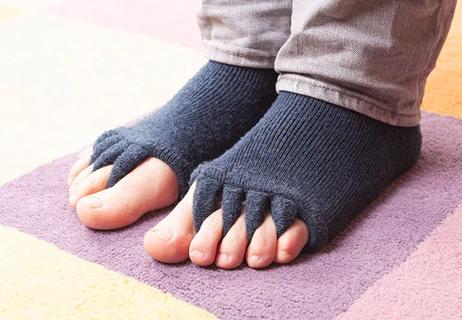
Toe spacers and separators can add some comfort, but they’re not a fix-all
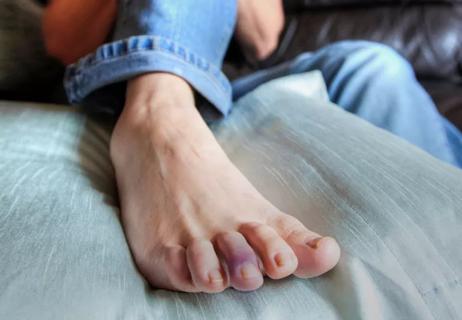
Injuring a toe is painful, but is it a serious problem? Find out when to see a doctor and what to do to help your toe heal at home.
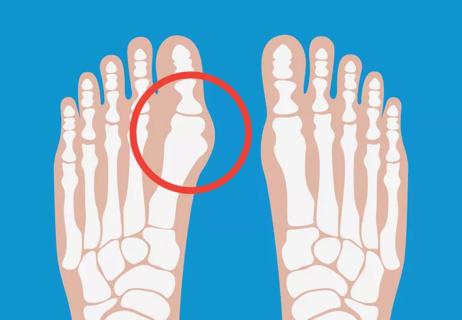
The short answer from an orthopaedic surgeon
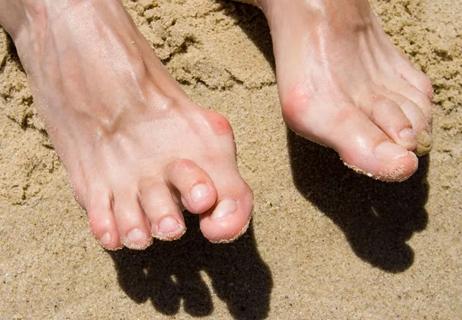
Understanding hammertoe, mallet toe and claw toe

Your knees could be hurting at bedtime because of inflammation, injury or some other condition that gets worse with pressure and positioning

Hanging upside down for any length of time may decompress the tension in your spine

Stretches, exercises and posture changes can help address lower cross syndrome

The best parenting style balances enforcing rules and showing plenty of love

Tips include cutting back on sugar, focusing on exercise and managing stress

It can be harder to let go when you’ve invested time, energy and emotions — but it might be the healthier choice long term